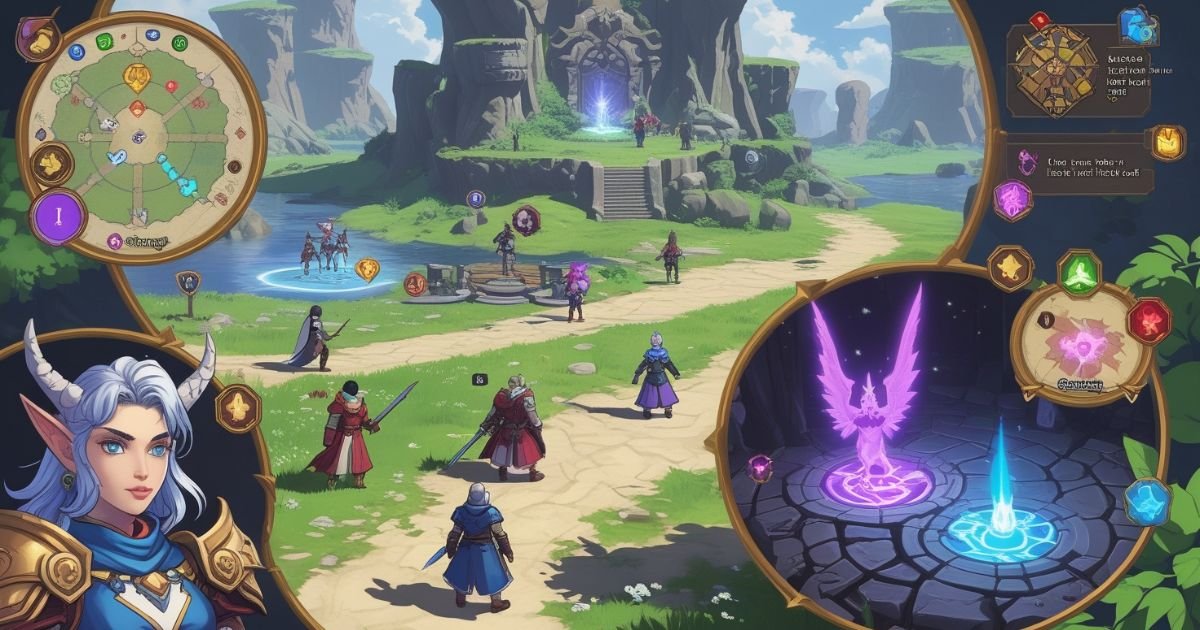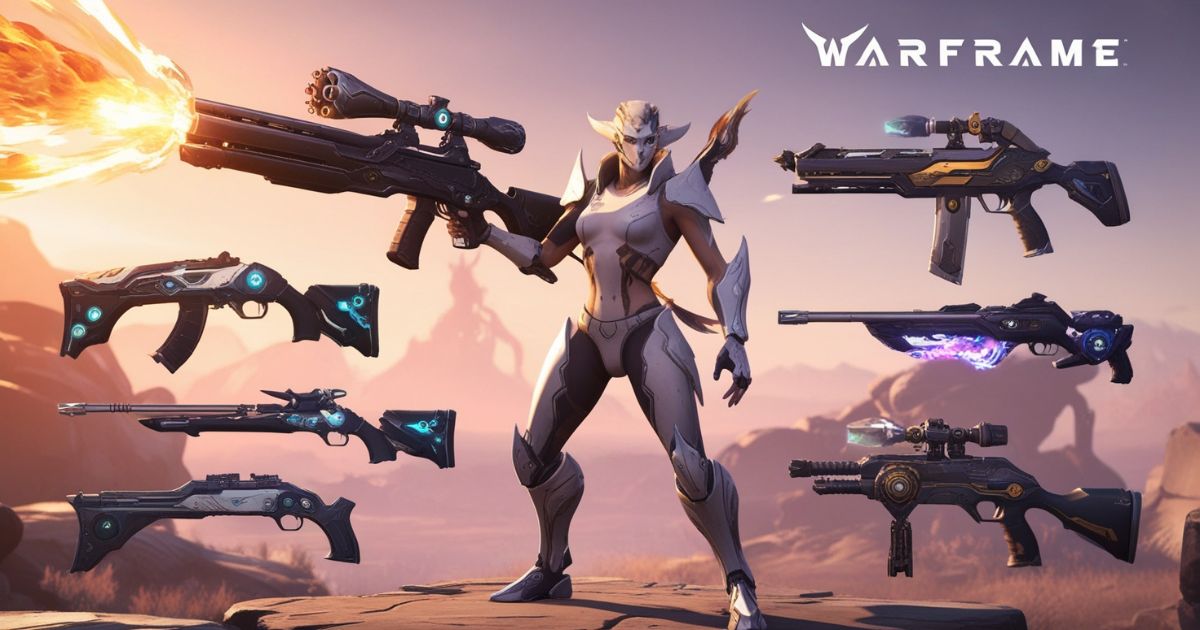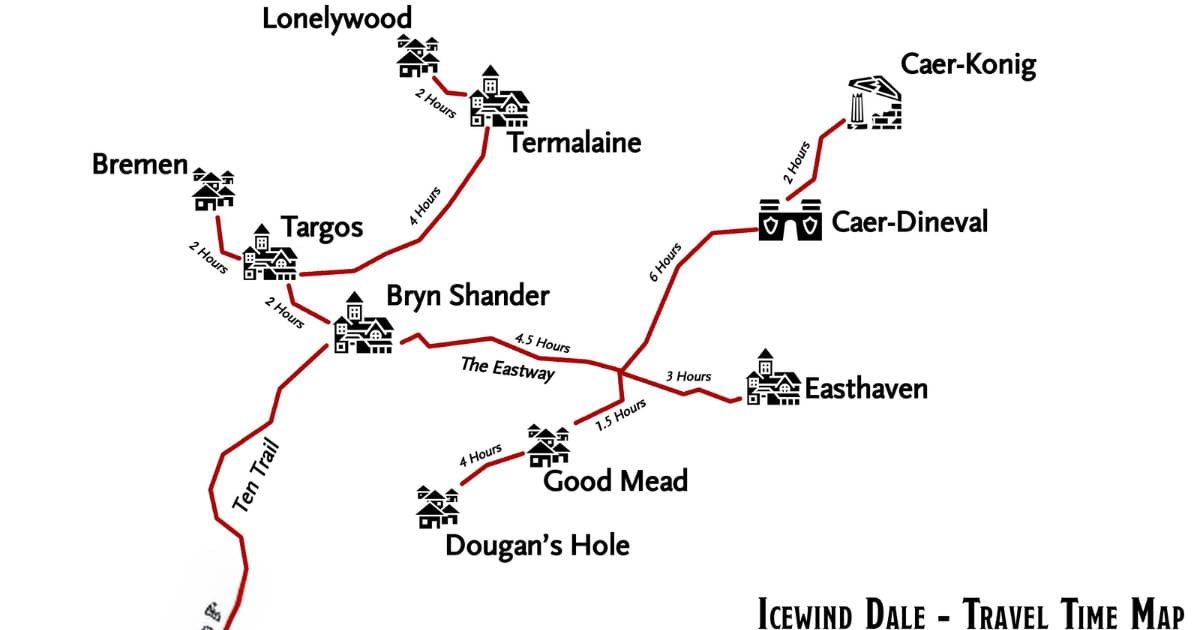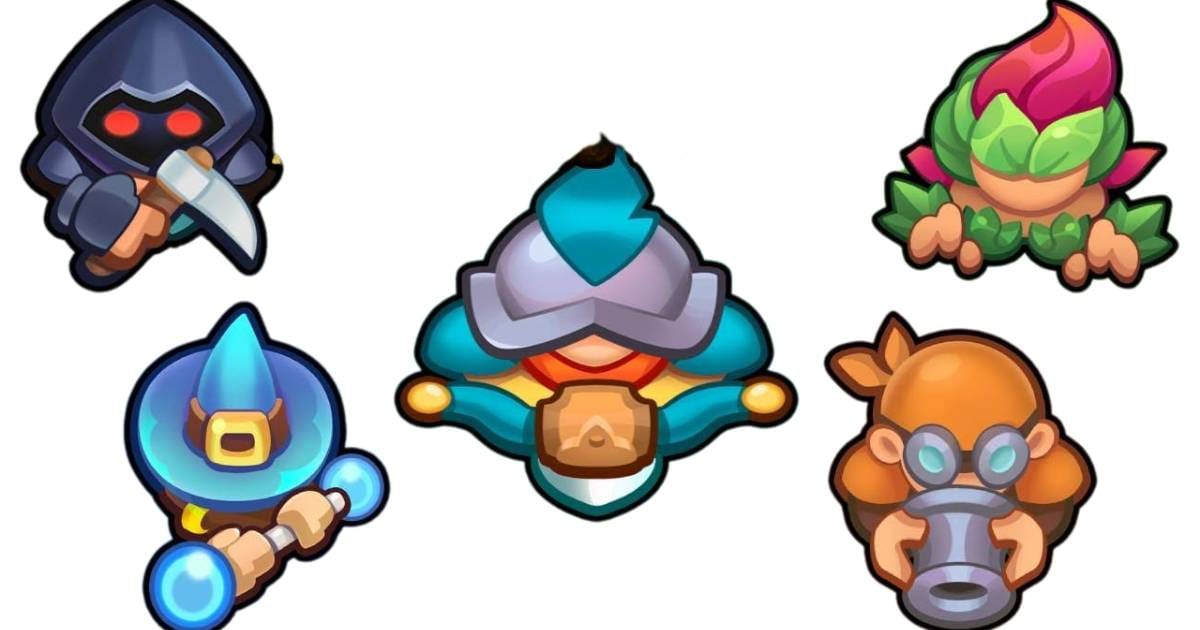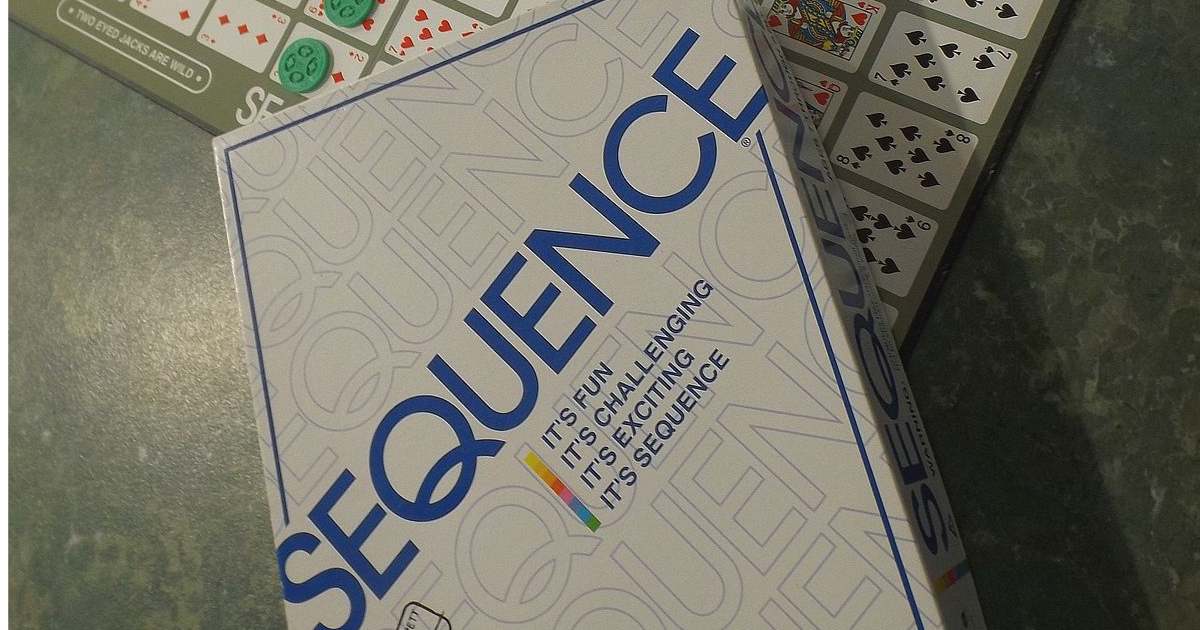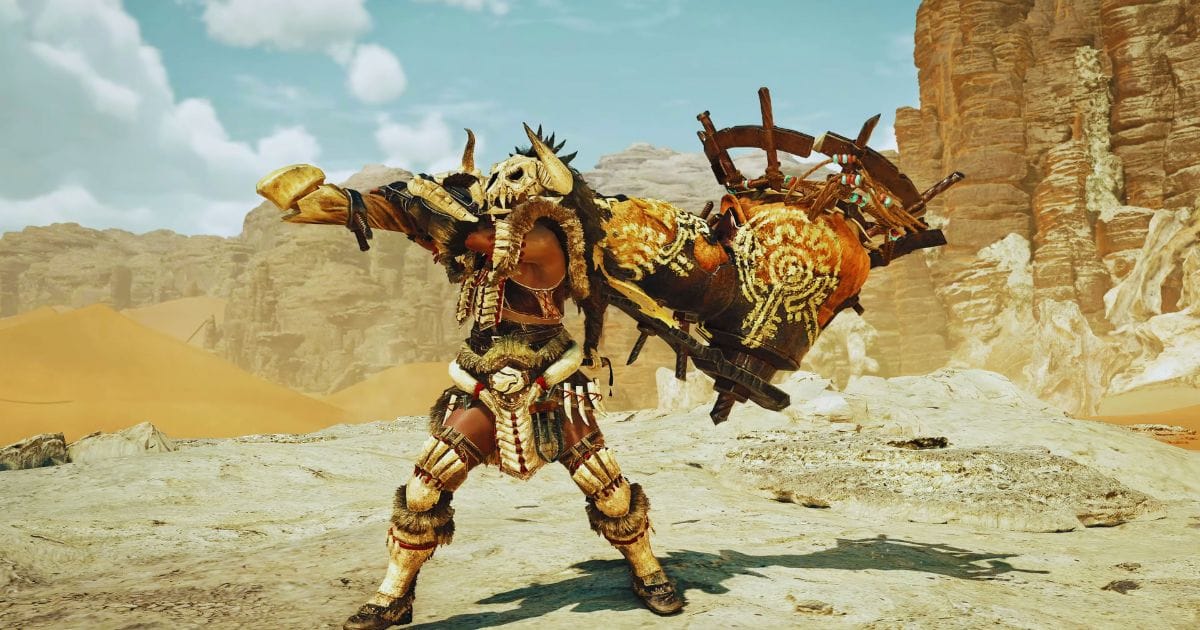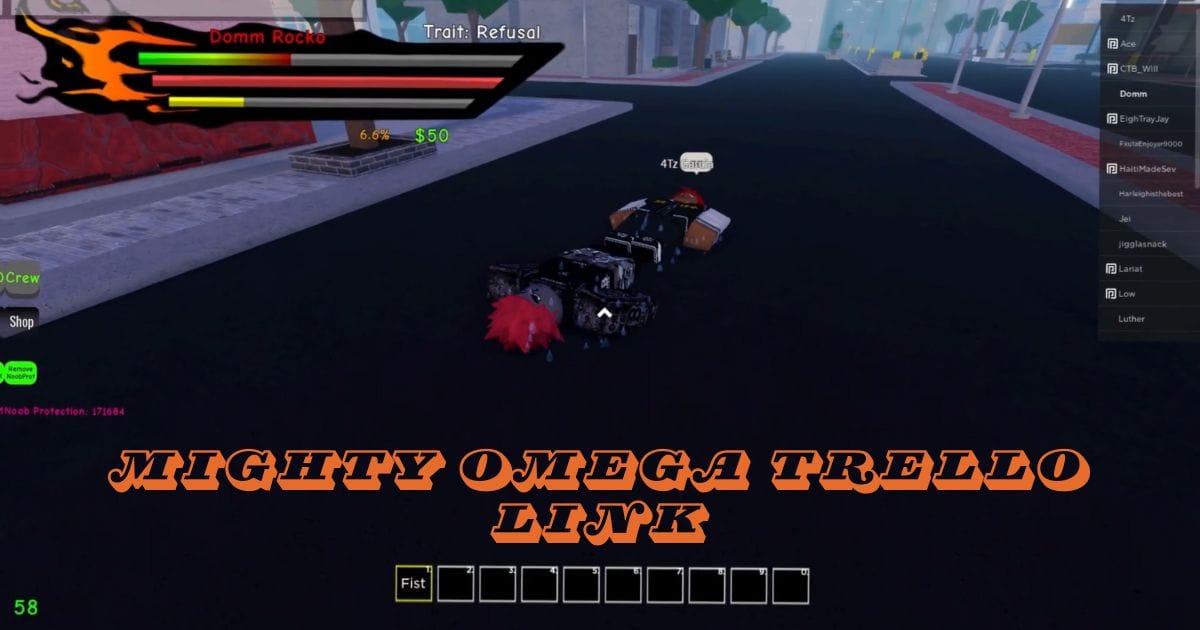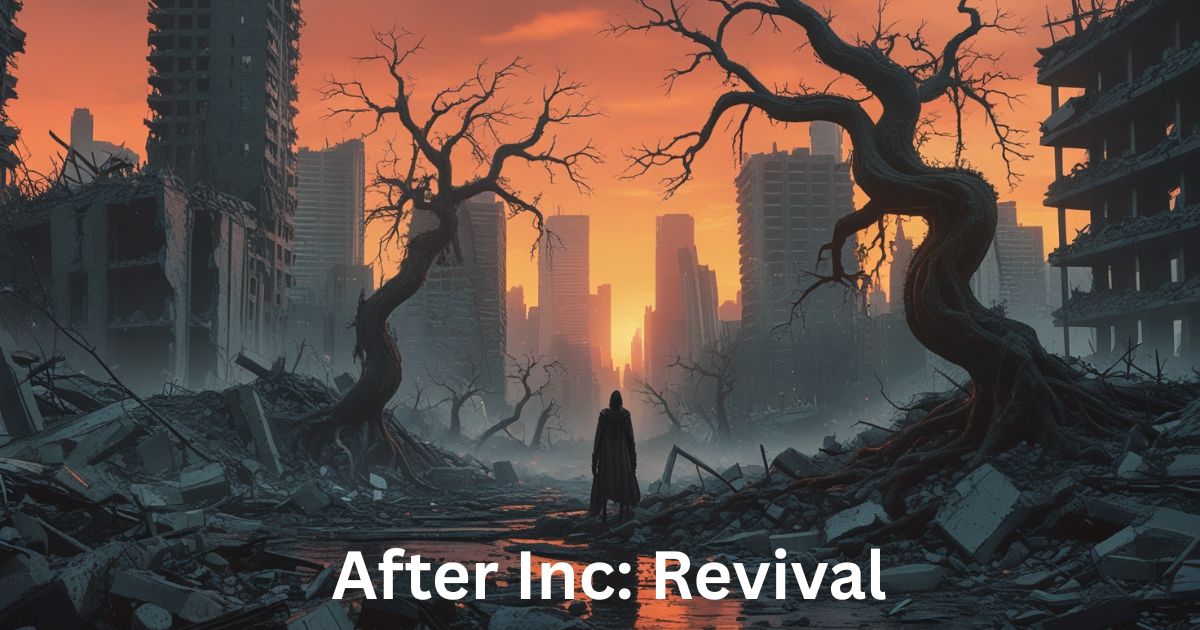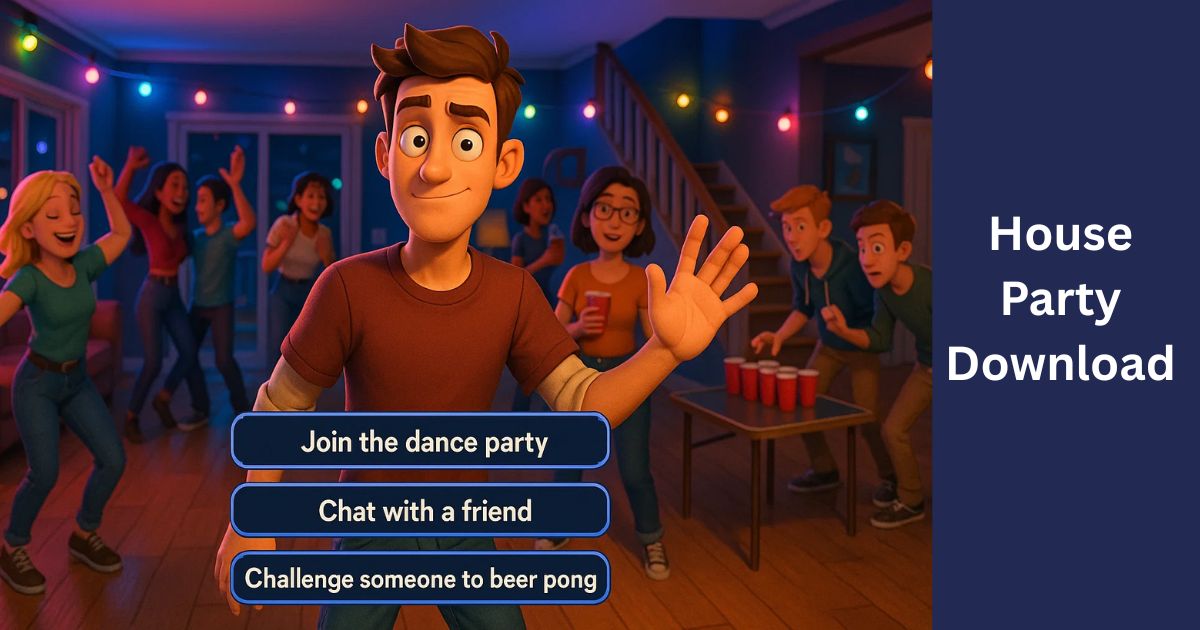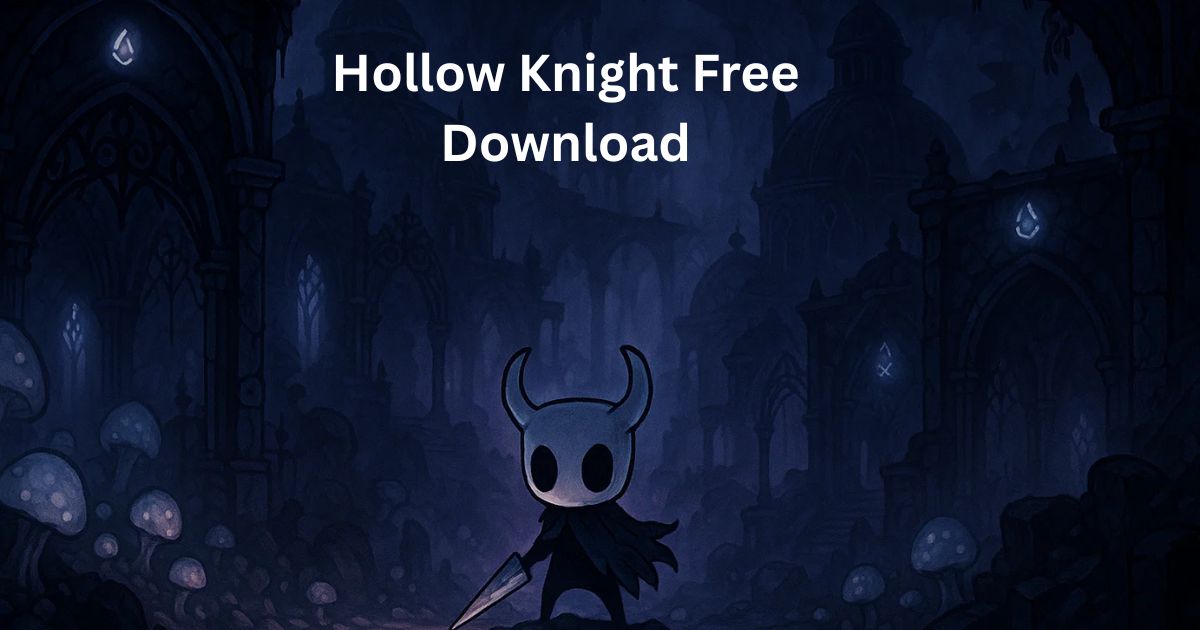WOW PVP Tier List is a ranking system that categorizes World of Warcraft classes and specializations based on their perceived strength in player versus player (PvP) combat. These lists are created by analyzing various factors such as damage output, survivability, crowd control, and utility. While they can be a helpful tool for players, it’s crucial to remember that personal skill and playstyle also play a significant role in PvP success.
Table of Contents
How To Determine wow pvp tier list
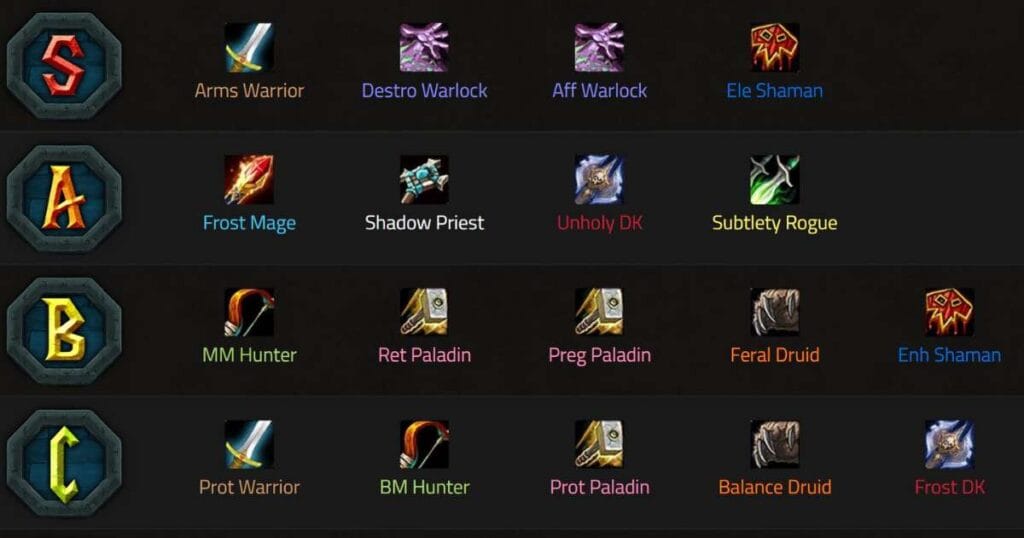
Several factors go into making a PvP tier list.
- Class Design: The very basic core abilities and mechanics of the class make up the very base of a class’s overall power level.
- Stat Weights: Which stats are important in PvP will change how classes work. For example: haste, mastery, and versatility change class performance.
- Talent Builds: Different talent choices can drastically alter a class’s viability in PvP.
- While conduits and legendaries are less prominent in Dragonflight, they can still be impactful systems on class performance.
- Player Skill: The players operating a class have a high influence on the perception of the community about its tier placement.
- Meta Composition: The overall composition of teams in PvP can shift strengths and weaknesses of classes.
Dragonflight PvP Tier List: A Snapshot
Note: This tier list is for informational purposes. It is general and will shift based on patch updates and player feedback. Keep in mind your playstyle and personal preference in choosing a class.
S Tier: Top-Tier Performers
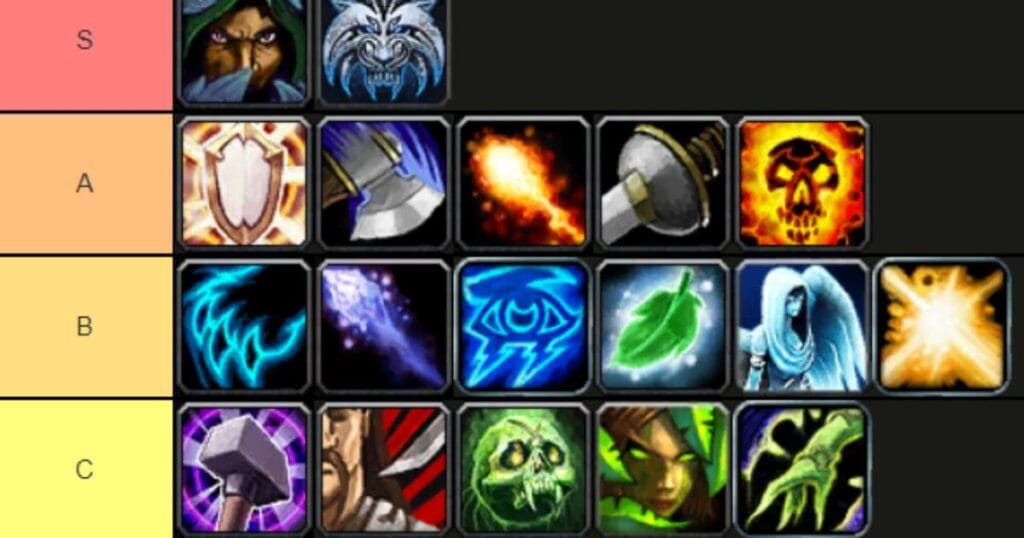
- Havoc Demon Hunter: High mobility, burst damage, and survivability make Havoc one of the most overpowered specializations in PvP.
- Arms Warrior: The top damage output, good defensive cooldowns, and strong CC cement the Arms Warrior into the S tier.
- Windwalker Monk: Powerful mobility and high burst damage combined with solid defensive options make Windwalker a very formidable opponent.
- Beast Mastery Hunter: Consistent damage, powerful pets, and utility make Beast Mastery a versatile choice.
- Survival Hunter: High mobility, strong defensive cooldowns, and potent traps make this a very strong PvP specification.
- Subtlety Rogue: High-burst damage, stealth, and strong crowd control make for Subtlety being feared as an opponent.
A Tier: Strong Competitors
- Outlaw Rogue: The damage is good; it has mobility and is useful, so it’s a solid choice.
- Assassination Rogue: The high, continuous damage, coupled with solid crowd control, makes Assassination a workable option.
- Feral Druid: Excellent mobility, strong, defensive cooldowns, with crowd control, make Feral competitive.
- Unholy Death Knight: High, continuous damage with strong, defensive cooldowns and utility make him a solid pick.
- Demo Warlock—The sustained damage, plus loads of crowd control and utility, makes this one of the more well-rounded specs.
- Shadow Priest—High burst damage, high levels of crowd control, and utility make Shadow Priest a force to be reckoned with.
B Tier: Solid Picks
- Marksmanship Hunter—This spec has reliable, consistent damage output with utility that makes Marksmanship a solid choice.
- Destruction Warlock—This will do a lot of burst damage and it also has some crowd controlabilities.
- Balance Druid: Good damage paired with some nice utility, but many balancing act-type problems with certain matchups.
- Elemental Shaman: High burst damage, though a little soft to crowd control.
- Retribution Paladin: Strong defensive cooldowns and utility, but sometimes spotty damage.
- Affliction Warlock: High, consistent damage; slow pace of the game; soft to burst.
C Tier: Hard to Play
- Frost Mage: Nice in crowd control, but damage is quite inconsistent.
- Devastation Evoker: Very high damage potential and therefore easily crowd controlled.
- Fury Warrior: High mobility, but damage output can be very inconsistent.
- Fire Mage: High burst damage, though it’s a little mana hungry and vulnerable to CC.
- Arcane Mage: Very high burst damage, though often hungry for mana and cooldown reliant.
- Frost Death Knight: Actually quite defensively strong cooldowns, but overall a bit damaging.
- Enhancement Shaman: Very mobile, but damage output can be pretty inconsistant and RNG-reliant.
- Augmentation Evoker: Good healing output, but low offensive pressure. Factors Affecting Tier Placement
- Patch Changes: Blizzard does pretty frequent balance changes, which tend to alter the tier lists a lot.
- Player Skill: A good player can do amazing with any class, regardless of how broken/tiered it is.
- Group Makeup: Some classes do a lot better in certain kinds of groups.
- Arena Bracket: With the various arena brackets-2v2, 3v3, rated battlegrounds-classes can have many varying degrees of favoritism.
Understanding the WOW PVP Tier List
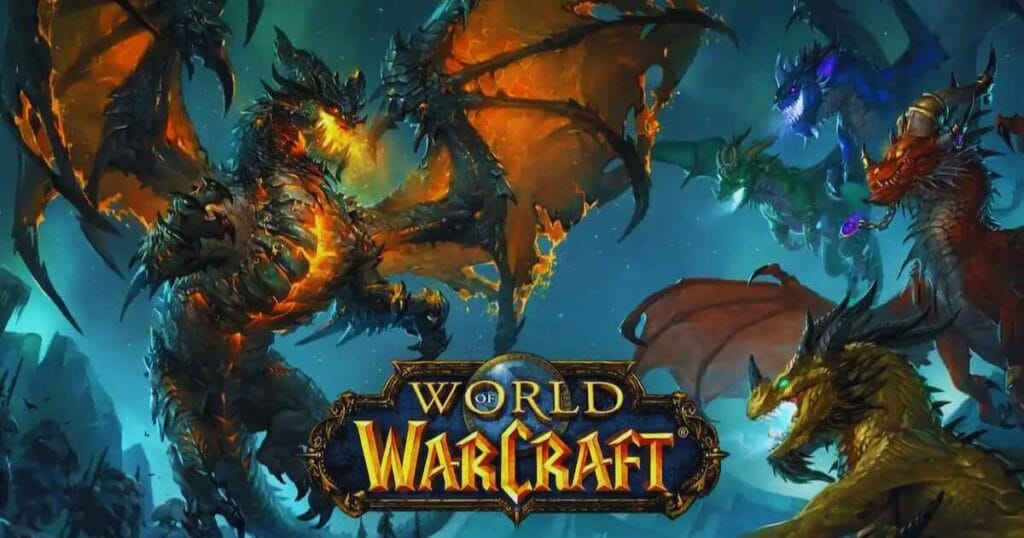
To really understand a PvP tier list, one needs to know something about the meta. The meta, or metagame, refers to the more prominent strategies and class compositions that are successful in the current PvP climate.
For example, in a meta dominated by cleave compositions, then classes with strong defensive cooldowns and crowd control do well. On the other hand, in a meta focused on burst damage, classes with very high burst damage and increased mobility would be the most successful ones.
PvP Brackets: A Closer Look
While the general tier list would give a broader view, the effectiveness of a class can look radically different based on which PvP bracket is considered to be in play.
Specifically: 2v2 Arena.
- Focus on burst damage and control: Shorter matches emphasize quick kills and disruption.
- Powerful offensive cooldowns and really good crowd control tend to excel in these.
Examples of strong performers: Subtlety Rogue, Havoc Demon Hunter, Windwalker Monk.
3v3 Arena
- Balanced composition: Needs a mix of damage, healing, and control. Versatility is important.
- Examples of strong performers: Classes that can adapt into different compositions, such as Protection Paladin, Restoration Druid, Frost Mage.
Rated Battlegrounds
- Objective control and team coordination: If a large-scale fight cannot be avoided, other strategies need to be implemented. Area-of-effect abilities and utility tend to favor classes.
- Examples of strong performers: This includes classes with crowd control, healing, and damage over time effects, such as Demonology Warlock, Restoration Shaman, and Arms Warrior.
Class Spotlight: Havoc Demon Hunter
Let’s explore one of the classes that seem to find themselves in the upper echelons of WOW PVP Tier List: Havoc Demon Hunter.
- Core Strengths: High mobility, burst damage, and survivability.
- Strengths in PvP:
- Excellent self-healing and defensive cooldowns make them resilient.
- High burst damage potential to quickly eliminate targets.
- Strong mobility options to avoid enemy crowd control and position effectively.
- Weaknesses:
- Can be vulnerable to crowd control if caught off guard.
- Relies on cooldowns for maximum effectiveness.
To counter a Havoc Demon Hunter, you will want to massively disrupt his implied mobility, that is, to hamper his movement utterly and control it absolutely, then burst him down before defensive cooldowns can be activated. Strong classes versus this class are Frost Mages and Subtlety Rogues, thanks to their high crowd control and high burst.
Conclusion
WOW PVP Tier List might have their insight, but seeing through them with a head on your shoulders is a more prudent action. Try out other classes and specializations to find what best suits your playstyle. Remember, the most important factor in PvP success is you and how well you can adapt.
